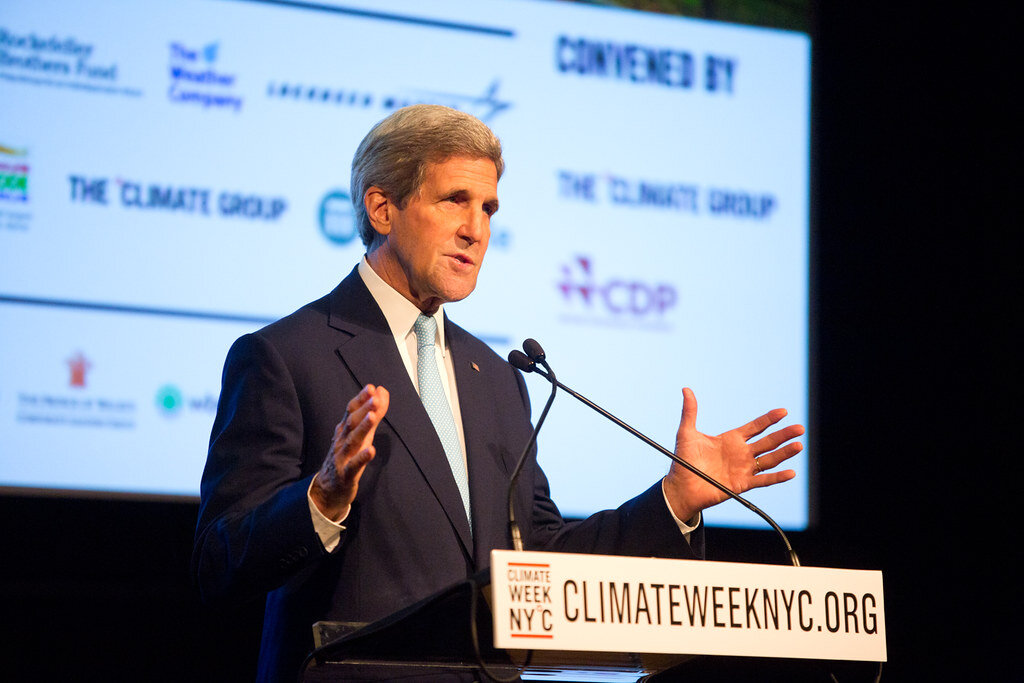By Anoushka Singh Kuswaha ‘24
Health & Science Staff Writer
Since 1988, Dec. 1 has marked World AIDS Day — the first instituted global health day. The event is an opportunity for the global community to unite in the fight against HIV/AIDS, show support for people living with HIV/AIDS and honor those who have succumbed to complications arising from one or the other. As governments around the world create plans to handle the COVID-19 pandemic, the United States reflected on its response to the ongoing HIV epidemic. The day was defined by the theme, “Ending the HIV/AIDS Epidemic: Resilience and Impact.”
Despite being identified a mere 36 years ago in 1984, more than 35 million people have died of HIV-induced immunodeficiency, commonly known as AIDS. In 2019, upwards of 690,000 people died of AIDS-related illnesses. A recent Global Fund survey found that in sub-Saharan Africa, AIDS-related deaths have increased since the COVID-19 pandemic began due to lockdowns and a diversion of resources to combat SARS-CoV-2, the COVID-19 virus. But even with these rising statistics, the prevalence of HIV/AIDS is perhaps felt less strongly in our society today due to scientific advances allowing for treatment and a better understanding of the disease.
HIV originated in 1920 in the Democratic Republic of Congo. It spread to Haiti and the Caribbean before moving to New York City around 1970. It arrived on the West Coast of the United States throughout the 1970s. Health officials in the U.S. became aware of the disease in 1981 when otherwise healthy gay men in Los Angeles and New York began getting sick and dying due to illnesses that were typically associated with people with severely weakened immune systems.
Initially, researchers and scientists referred to the syndrome that would later be called AIDS as “gay-related immune deficiency.” This was because the disease appeared to disproportionately affect members of the LGBTQ+ community, especially gay men. Later it was discovered that the disease also affected intravenous drug users, who would regularly become infected by sharing contaminated hypodermic needles, and women with male sexual partners. The Centers for Disease Control and Prevention created and used the term AIDS in a report describing the disease in 1982.
This was not enough to quell the use of the term “gay plague” by popular media. The usage of the term led to stigmatization and discrimination against the people who had it. This attitude persists to this day, making it difficult for those affected with HIV or AIDS to become educated about and seek treatment for the disease or the virus itself. Days such as World AIDS day seek to reverse this stigma.
HIV and AIDS are often conflated; however, they are not the same. HIV is a virus that attacks the immune system and can lead to the development of AIDS, or Stage 3 HIV. AIDS is a condition that develops as a result of the severe damage to the immune system caused by HIV. Stage 3 HIV can lead to greater susceptibility to opportunistic infections such as tuberculosis and pneumonia. However, HIV does not always progress to AIDS. Treatments such as antiretroviral therapy (ART) can make the virus more manageable and reduce the risk of infecting others, but there is no cure.
There are several ways for Mount Holyoke students to educate themselves on the disease and ways they can get involved in the global fight. Students can support on-campus organizations that create awareness and aim to increase education surrounding the disease, such as Planned Parenthood Generation Action. Health Services is also available as a resource for education and potential volunteering opportunities through the Peer Health Educator program. For further information, people can visit websites like https://www.worldaidsday.org/ or https://www.aidsmemorial.org/ for more information.





